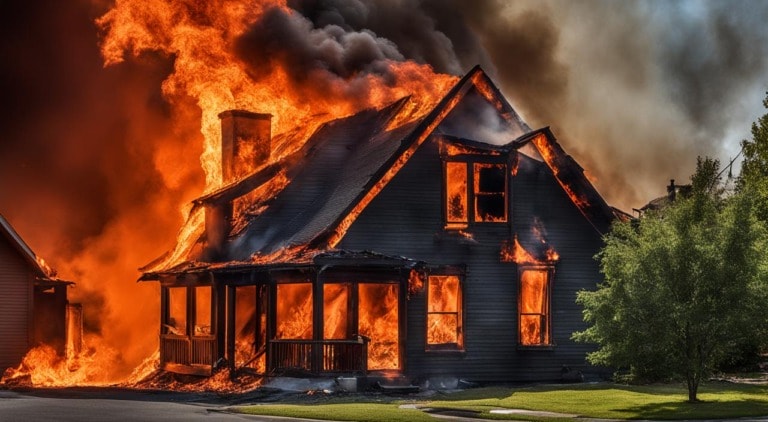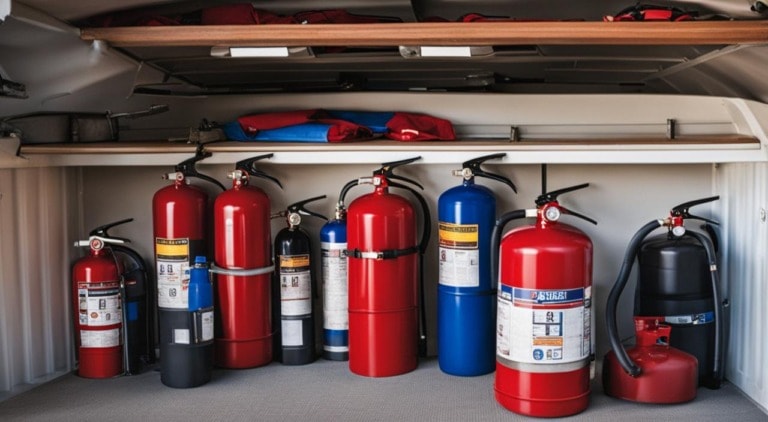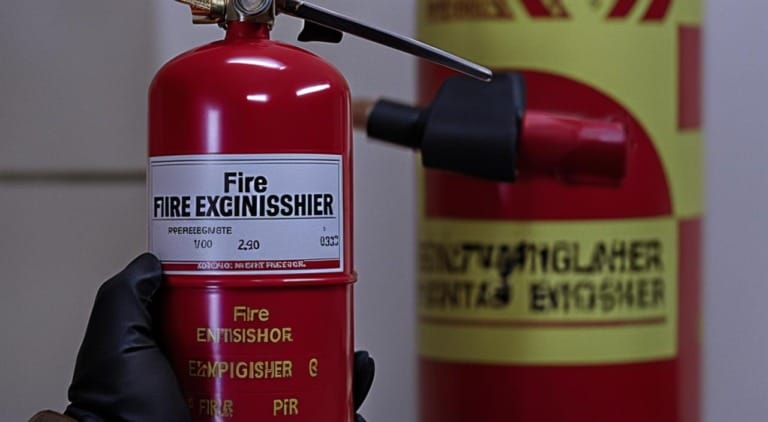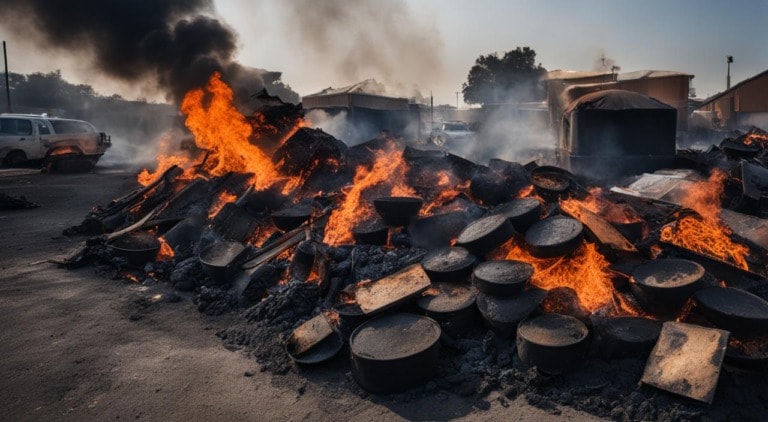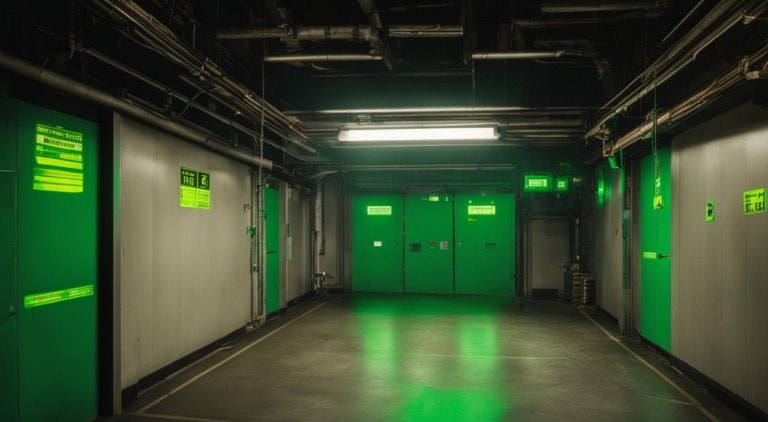
When it comes to fire safety, it’s important to have a comprehensive understanding of the topic. One effective way to engage in a meaningful conversation about fire prevention and fire emergencies is through open-ended questions.
Open-ended questions encourage thoughtful responses and allow for a deeper exploration of fire safety principles. By asking these questions, you can promote critical thinking and facilitate discussions on important fire safety topics.
Below are some open-ended questions related to fire safety that can serve as a starting point for valuable conversations:
- What should you do if there is fire on your clothes? Can you show me how to Stop, Drop, and Roll?
- Do you know what a fire drill is? What do you do during a fire drill?
- Fire alarms can be loud and scary, but they are there to keep you safe. Have you ever heard a fire alarm? What did you do?
- Have you ever seen a fire? Do you know what to do if there is a fire?
- Do you know how to stop fires from starting?
- What are some fire safety rules you should follow if you’re in a fire?
- What are common ways that fires start? How can we stop fires from starting?
- Does your family have a fire escape plan? Do you know what to do if there is a fire in your house? What about if you’re at school, or at a store?
- Why is it important to have a plan for fires and practice fire drills?
- What should you do if you see a fire danger, like matches or a space heater left on?
- If your house was on fire, do you know what you would save? What is the most important thing to save during a fire?
- If the house of you or someone you know was destroyed in a fire, how do you think they would feel? How would you feel?
- How could you help someone after their home was destroyed in a fire?
- What are some fire hazards that you can think of? What should you do if you see a fire hazard?
Knowing Fire Safety
Fire safety is an essential aspect of modern life that aims to prevent fire incidents and minimize the risks associated with them. By understanding the causes of fires and taking preventive measures, individuals can greatly reduce the likelihood of fire emergencies and protect themselves and their properties.
One crucial element of fire safety is having a comprehensive fire safety plan. This plan includes identifying fire hazards, implementing preventive measures, and establishing emergency protocols. Regular inspections and maintenance of fire safety equipment such as fire extinguishers and smoke detectors are also essential.
To ensure preparedness in the event of a fire, it is important to conduct regular fire drills. This allows individuals to familiarize themselves with evacuation procedures, including finding emergency exits, staying low to avoid smoke inhalation, and quickly reaching a designated meeting point.
Fire alarms play a vital role in fire safety by alerting people in a timely manner. These devices should be installed strategically throughout buildings and tested regularly to ensure they are in proper working condition. When a fire alarm sounds, it is crucial to take immediate action and follow the established evacuation procedures.

Fire Safety in the Workplace
Workplace fire safety is paramount to ensure the well-being of employees and minimize the risks of fire incidents in commercial settings. Employers have a crucial responsibility to assess workplace hazards and implement appropriate fire safety measures to prevent fires. By prioritizing fire safety, employers can create a safer and more secure environment for their employees, while also minimizing the potential for devastating fires.
One of the key aspects of workplace fire safety is adhering to safety standards and codes. These regulations provide guidelines on how to prevent and handle fire emergencies in the workplace. Employers need to stay up to date with these standards and ensure compliance across the organization.
Proper training of employees is another crucial element of workplace fire safety. Employees should be educated on fire safety procedures, including evacuation routes, fire extinguisher usage, and emergency protocols. Regular training sessions and drills can help familiarize employees with these procedures and ensure they are prepared to respond effectively in case of a fire.
In addition to training, employers must provide adequate fire protection equipment in the workplace. This includes functioning fire alarms, fire extinguishers, and sprinkler systems. Regular maintenance and testing of these systems are necessary to ensure their reliability in the event of a fire.
Conducting fire risk assessments is an essential step in identifying potential fire hazards in the workplace. These assessments evaluate the risk of fire and its potential consequences, helping employers develop and implement appropriate fire prevention strategies.
By addressing identified hazards, such as electrical hazards and inadequate storage of flammable materials, employers can significantly reduce the risk of workplace fires.
Overall, by prioritizing fire safety in the workplace, employers can protect their employees, safeguard valuable assets, and prevent devastating fire incidents. Regular training, adherence to safety standards, and thorough fire risk assessments are crucial components of a comprehensive fire safety plan.

